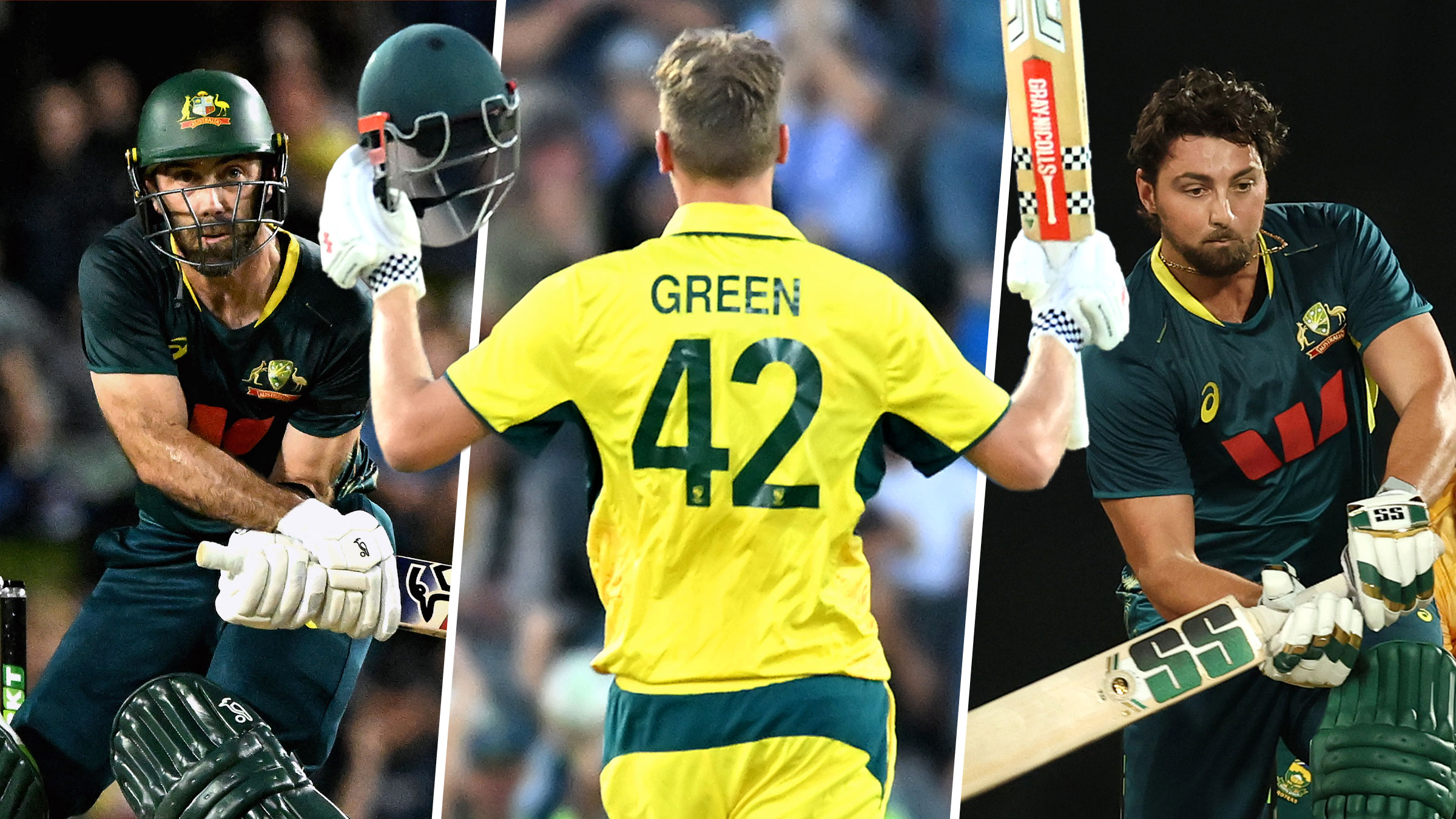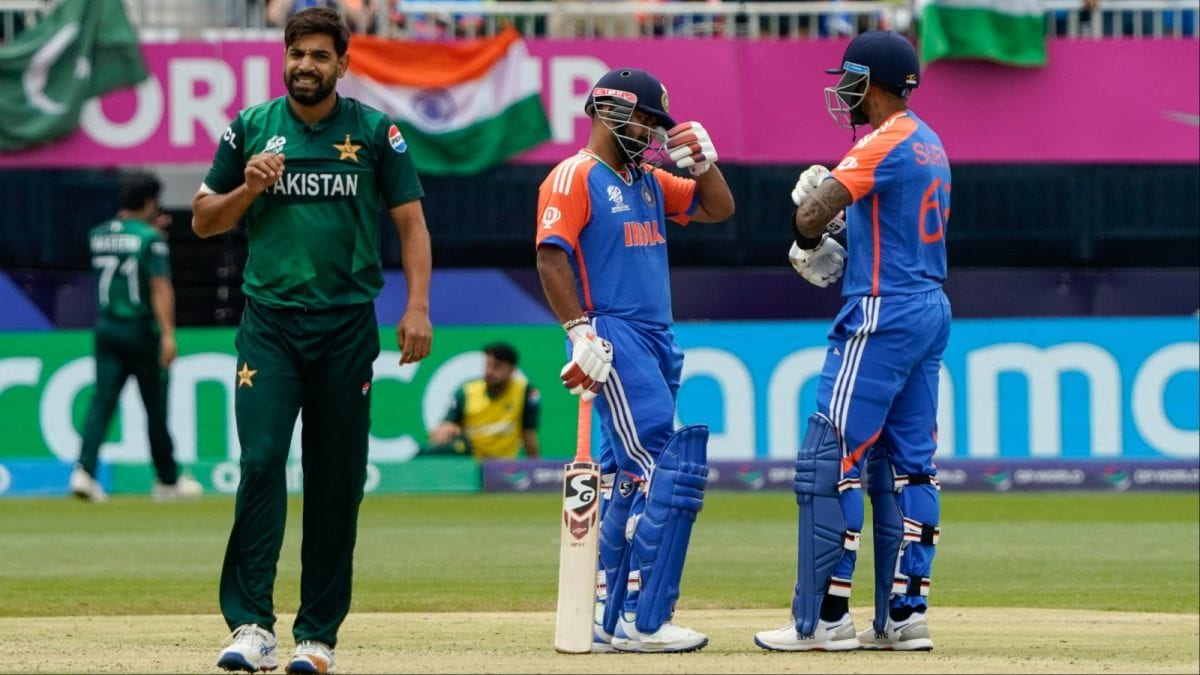Five things we learned from Aussie's top end tour

Glenn Maxwell's not ready to be written offMaxwell, who turns 37 in October, may have pulled the pin on ODI cricket, but he's going to be a crucial part of Australia's quest at next year's T20 World Cup.The three-time World Cup winner is still contributing in all three aspects of the game and chimed in with important performances in each T20 match against South Africa.He bowled 10 overs at an economy rate of 8.80 which had him as Australia's third most economical bowler behind Ben Dwarshuis (7.25) and Adam Zampa (8.58). Importantly, he also bowled four overs in the Powerplay, giving the Aussies a slow-bowling option inside the fielding restrictions, given Zampa usually only operates with five fielders out.Maxwell's match-winning 62no off 36 balls in the deciding T20 also highlighted his elite cricket nous, calculating his way through the chase, reading cues off the bowlers and the field placements and targeting pockets of the field he felt he could exploit.Maxwell's expertise at reading situations will be a necessary inclusion in a middle order that could contain players with far less international experience, such as Tim David, Cameron Green and Mitch Owen.He's still as agile and inventive in the field too, pulling off another gravity-defying juggled catch over the boundary in the opening T20.03:24 Play video Chase-master Maxwell chomps up Proteas with supreme 62noBatting first isn't so badWhile the trend of captains choosing to field first has been very prevalent in white-ball internationals in recent years, it doesn't automatically guarantee a victory.The team batting first won five of the six matches across the dual BKT Tyres T20 and ODI series with the sole win to the chasing team largely down to some brilliance in the third T20.But teams like to know what they're chasing, especially Mitch Marsh, who has chosen to field first 21 times as Aussie skipper and chosen to bat first only once, and that was Sunday's massive win.Looking at the figures from the past three years of T20Is in India and Sri Lanka (the hosts of the 2026 T20 World Cup) and the apparent advantage of chasing in the subcontinent is hard to spot. Teams opting to field first have won as many as they've lost (17 each) while teams who have chosen to bat have a positive win-loss record (5-4), although it's a much smaller sample size.Australia need Tim David firingThere are few better sights in the game right now than a bare-headed David launching an opposition spinner far over the rope and remaining stony faced as his batting partner rushes down for the glove punch.He may not be in Australia's ODI plans (for now) but David could easily be their most important T20 player.The success of having David bat earlier in the innings is another big tick for his development and allows Australia more flexibility in the make-up of their XI.He didn't finish with the highest strike rate in the series (he finished third) because David had to temper his aggression during his 83 off 52 after the Aussies had lost six wickets but the halfway mark of the innings. David soaked up some time and knocked the ball around before it was time to launch again, narrowly falling short of his second T20I ton in three innings. It was perfectly played by the big hitter, as Australia won by 22 runs.With scores 102no, 30, 83, 50 and 17 in his past five international knocks, David is in the best form of his career. Can he make it last another six months?01:46 Play video Red-hot David hits the roof in second straight fiftyCameron Green is an all-format superstarA mighty impressive Frank Worrell trophy at No.3 on tricky pitches, a player of the series award in the subsequent T20 series and a maiden ODI ton off 47 balls: Cameron Green has become an all-format star with the bat.But this is Green as the pure batter. Once his bowling returns (expected to be sometime in October in the Sheffield Shield) his workload will increase and the number of matches he's able to (or allowed to) play will certainly decrease.Since his return to cricket in May, Green has found a new lease on life in the field too.He's still as reliable as ever in the cordon, be it in slips or at gully, but he found a new home at long on and long off in the ODIs against South Africa.He took eight catches in the three 50-over games showing good judgement under high balls and swift lateral movement along the rope.How Australian selectors juggle the workload of their generational allrounder in the next six months will be an interesting watch.03:47 Play video Green machine: Allrounder belts 47-ball tonDon't forget about Ben DwarshuisThere has been plenty of chat about Nathan Ellis deserving a spot in Australia's T20 World Cup squad next year, and rightfully so, but Dwarshuis is making a solid case of his own.The left-armer was the most economical bowler in the T20 series (minimum five overs), playing all three matches and conceding only 7.25 runs per over while picking up five scalps.Although he was selected for only one ODI, he was Australia's best pace bowler in SA's big total in Cairns, finishing with 2-53.Dwarshuis, unlike Ellis, is used in all phases of the T20 game, including the Powerplay and the death, and his left-arm angle gives him an extra point of difference which could be important when match-ups for opposition batters are formulated.Plus, he can bat, making 17 in the first T20 in an important partnership with David and made 33 in the first ODI during a big stand with Marsh. His ability with the stick could genuinely be a consideration for his selection, especially if Australia commit to going extra hard with the bat in the first 10 overs.












